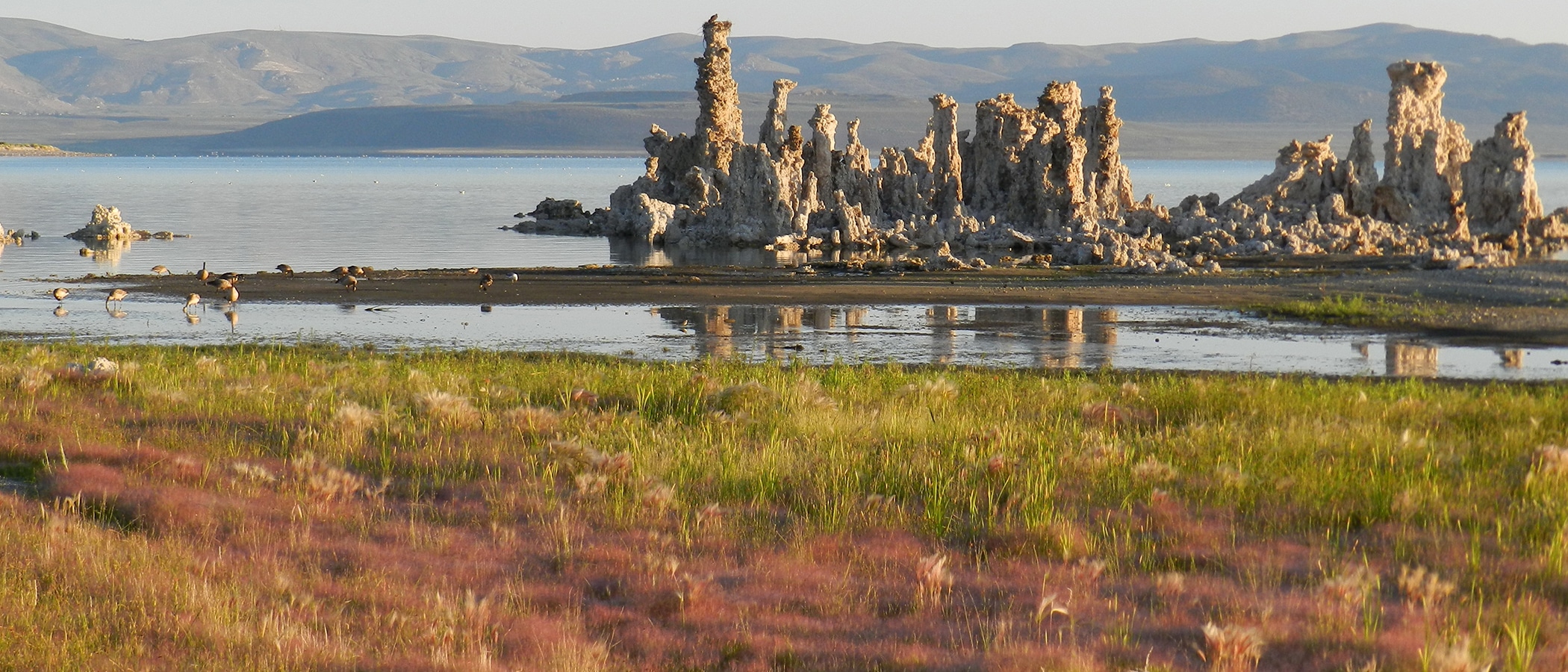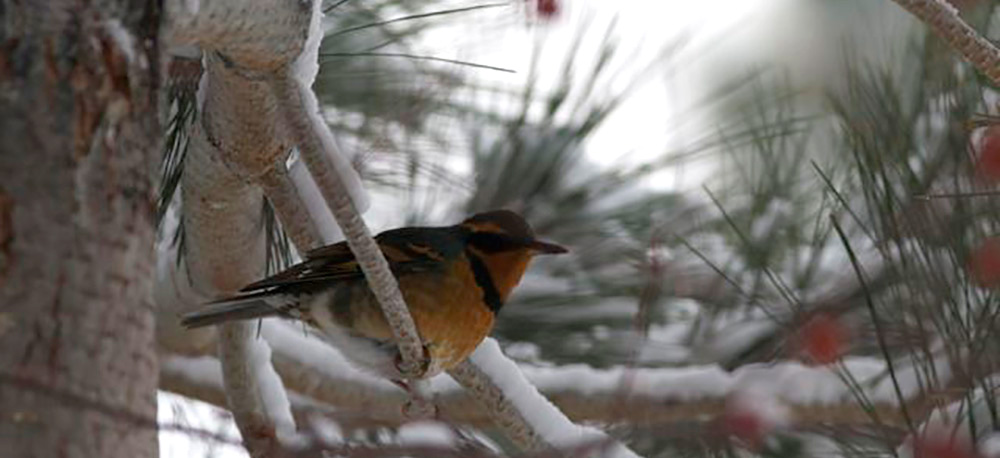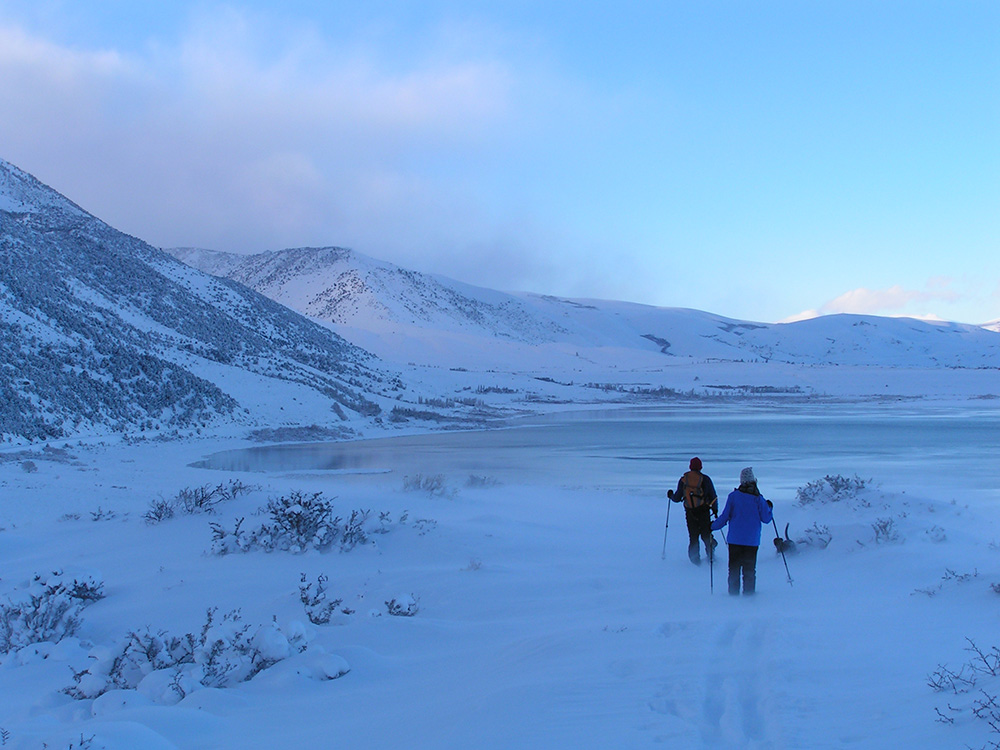
Every winter, from December 14 to January 5, birders all over the Americas get together to contribute to one of the largest citizen science data sets in the world. It’s called the Christmas Bird Count, or CBC.

Interestingly enough, the CBC it started as a Christmas hunting competition, but as conservation issues rose, an ornithologist named Frank Chapman sparked the idea of a count instead of a hunt. One hundred and sixteen years ago (in 1900), the first Christmas Bird Count occurred: 27 birders counted birds all day in 25 different locations. The count evolved and grew over the years; today, around 76,000 participants count birds in 2,505 different locations (called “count circles,” with regulated boundaries and sizes to prevent double-counting). Last year, the entire count tallied 58,878,071 individual birds.
CBCs are a great way to keep track of general populations trends, which in turn can help biologists and organizations make important conservation decisions. Recently, the National Audubon Society used the past hundred years of data to write an important report about how bird populations are faring due to climate change. The verdict: not great. The report states that “shrinking and shifting ranges could imperil nearly half of US birds within this century.” Birds are essential for ecosystem function, be it dispersing seeds or keeping rodent populations in check.
Do you want to participate in a Christmas Bird Count this year? Check out this map to find a CBC near you. Click on the bird icon for count details and contact information. If you’re in the Eastern Sierra, join one of the three local counts:
Bishop CBC: Saturday, December 17.
Contact Chris Howard by email to sign up.
Mammoth Lakes CBC: Sunday, December 18.
Contact Bill Taylor by email to sign up.
Mono Lake CBC: Tuesday, December 20.
Contact Kristie Nelson by email to sign up.

